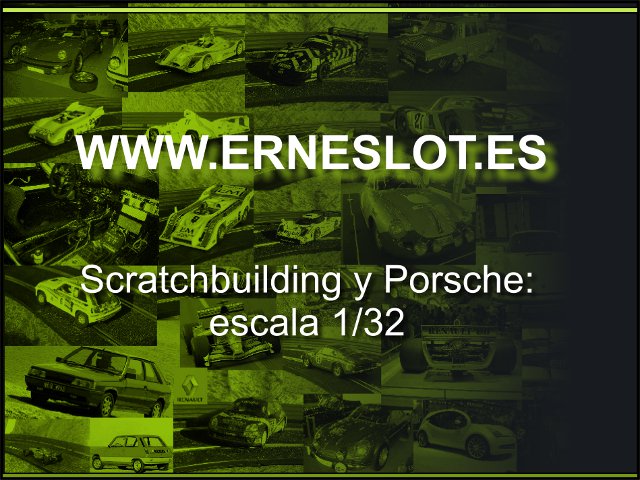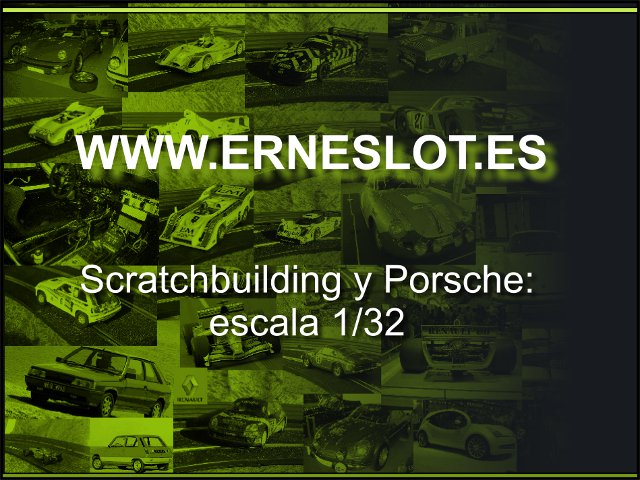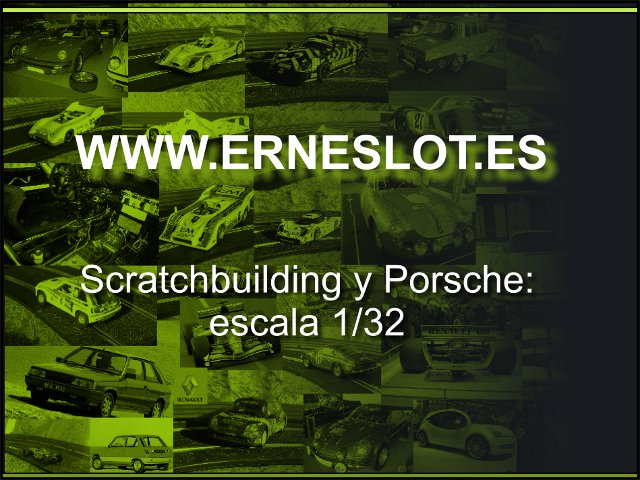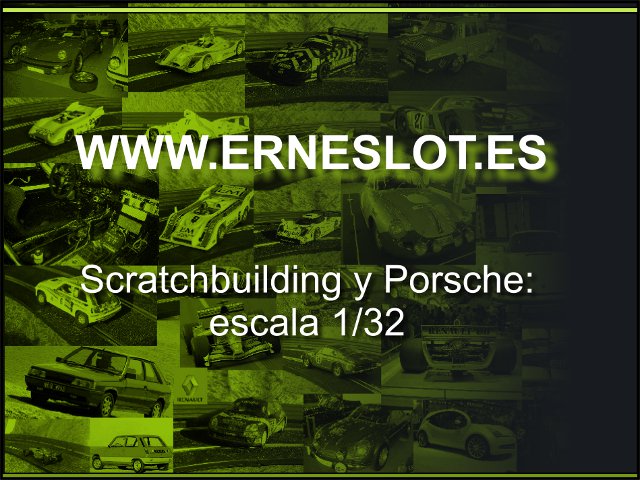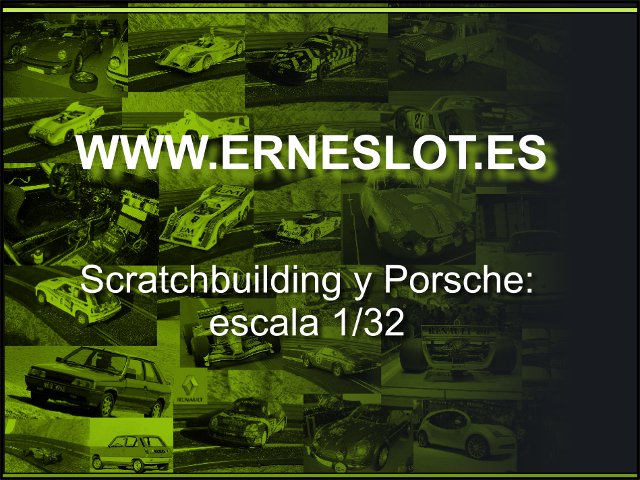Porsche 911 3.0 Carrera RSR "Prototyp"
During the year 1973, while the customer teams was competing with Porsche 911 Carrera 2.8 RSR, the company was working on the development of its future racing models. Thus, during 1973 several units of the Porsche Carrera RSR 3.0 engine competed as prototypes in the FIA World Championship (registered by the official team, which ran front-row drivers as Gijs van Lennep, Herbert Muller, Leo Kinnunen and George Follmer) and the Trans AM championship (in the private teams of Peter Gregg, Roger Penske and Al Holber).
The first model was built in November 1972 and tested in depth in the Paul Ricard circuit. It weighed 70 kilograms less than a 2.8 RSR and their track widht was somewhat wider than RSR the model which forced some small changes to suspension settings. Although the model main change was in the engine, which fitted two different specifications, the Typ 911/74, of 2933 cc. and 315 hp, and the Typ 911/75, with a 330 hp engine.
Regarding the bodywork, thanks to its prototype status (to which was applied a less restrictive regulations) the model had successive changes over the year, both in the wheel housings (required by the greater track width) and in the rear wing, which went from "duck tail" original to a spoiler that hugged the rear of the car from the fenders, which is the most colorful and spectacular characteristic of the whole model.
The car, won his debut in the 24 Hours of Daytona and the Targa Florio the same year, with outstanding performances in the 24 Hours of Le Mans and other composing the constructor´ 1973 world championship: Vallelunga 6 hours, 6 hours of Watkins Glen, or the 1000 km of Spa, among others.
Specifically, the model that I´m goint to reproduce will be the model with chassis number 911 360 686 R7, which drived by Herbert Muller and Gijs van Lennep finished fifth in the 1000 km of Nurburgring in 1973 and fourth in the 24 Hours of Le Mans the same year. This is the car running at Le Mans:
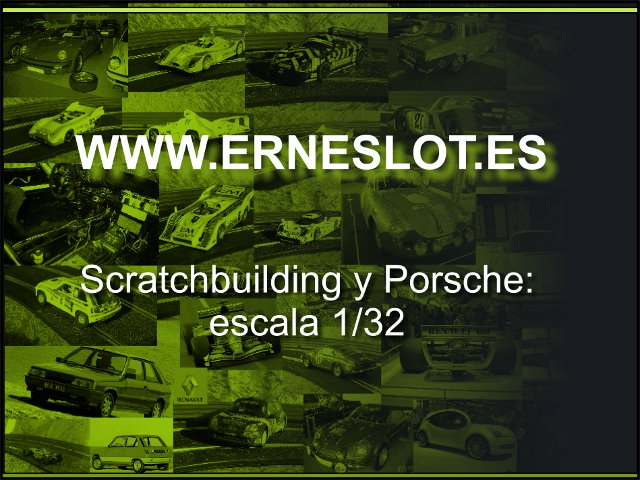
And here some more pictures of the same model:
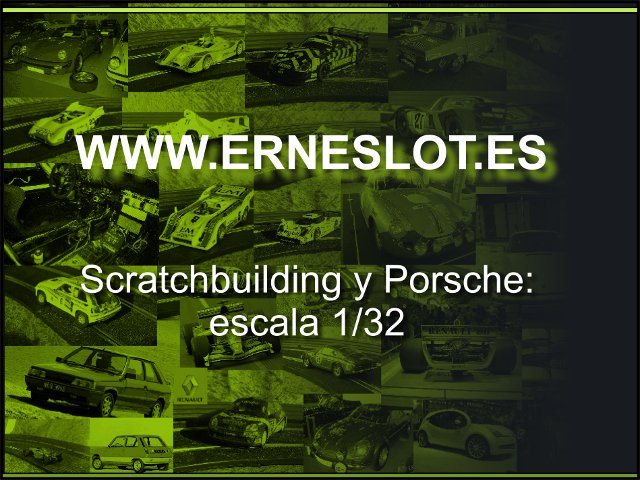
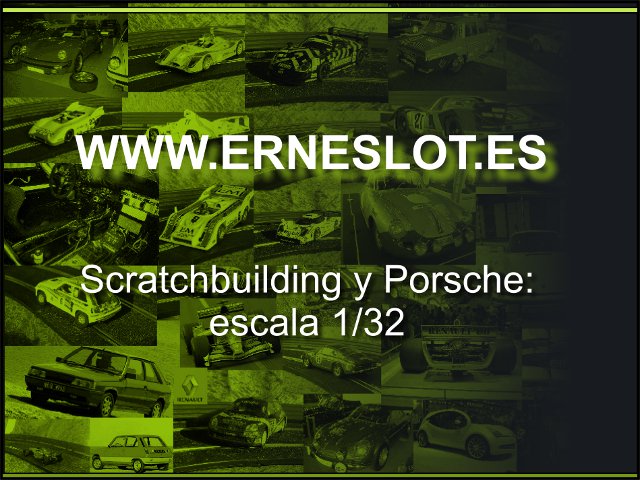
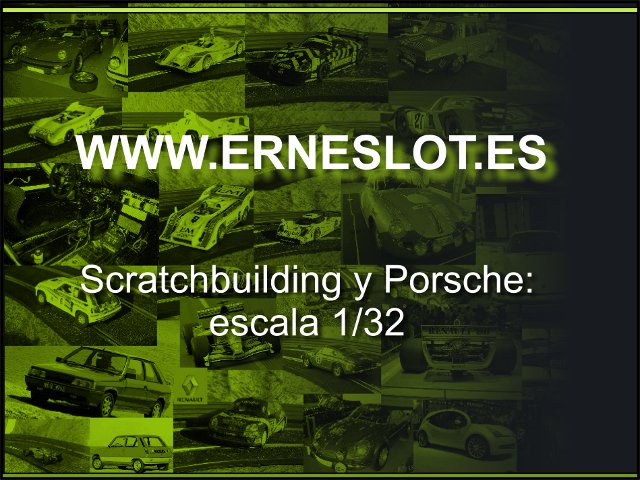
In the following link you can see more pictures of the car:
www.conceptcarz.comAlthough this model has already reproduced as a high quality resin body kit (by Bitume), I´m going to start building the car from a Fly Car Model 911 Carrera RSR, who also participated at Le Mans the same year. Thus, I take that the reproduction of the car is very good and I can do a more complete car, building a complete interior and taking advantage from the amount of details of the original slot car.
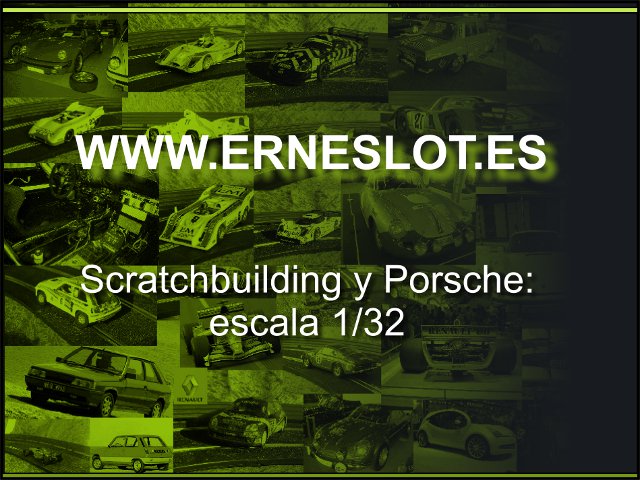
First, dismantle the body as usual...
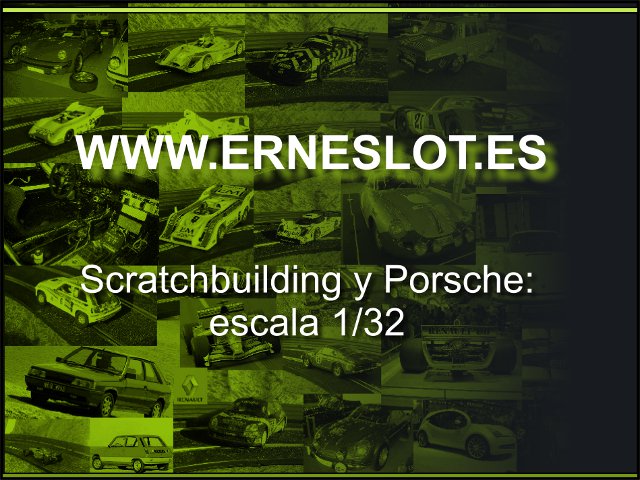
...., and remove the paint after a half-hour dip in isopropyl alcohol and scratch a little:

The modifications of the bodywork are a few, limited to the wheel arches and rear wing. To widen the fenders first hit bellow a plasticard strip of 0.25 mm thick, in an early stage with cyanoacrylate and then with biomponent glue:
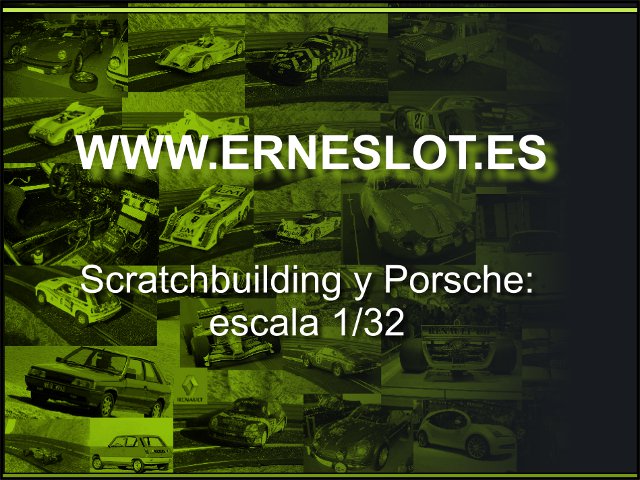
and paste bicomponente putty around:
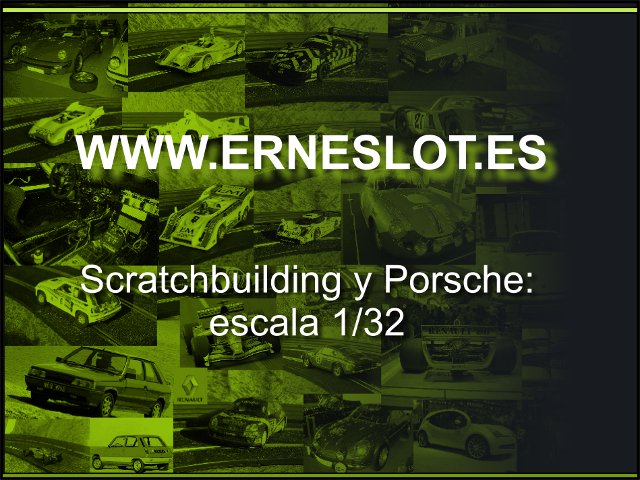
A fellow of the forum "Los Petiflauticos" indicated me the dimensions of width of the wheel arches of the resin kit model which produces Bitume: 58.1 mm. in front axle and 60.5 mm. behind. Knowing the dimensions, before proceeding with the putty, I adjusted the width of the car helping me with graph paper to get the car to be symmetrical.
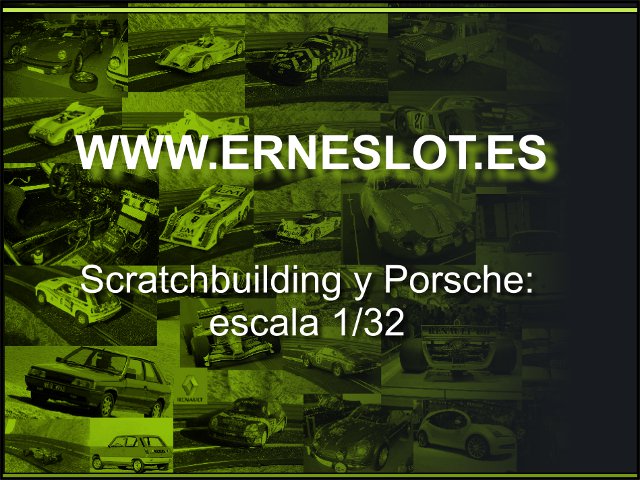
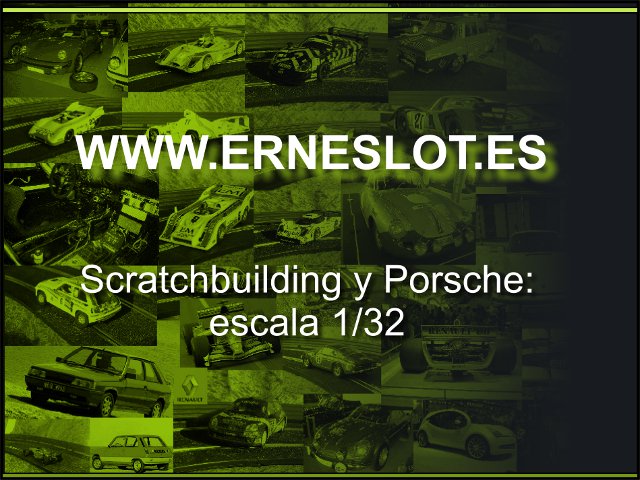
To make easier to adjust the shape of the front wheel arches and bumper I set it apart cutting carefully with a cutter.
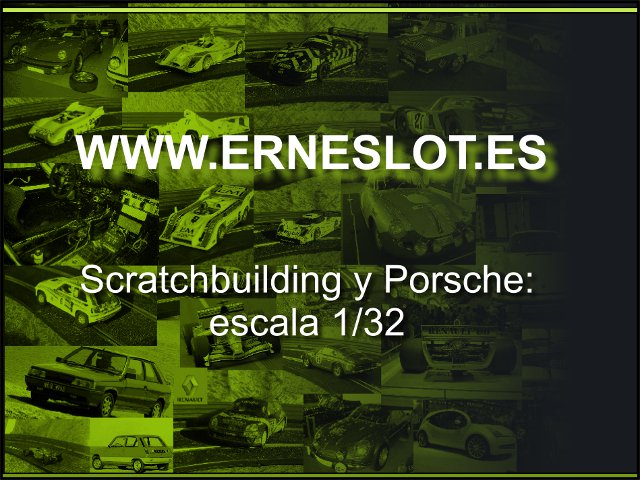
The rear wing coming out of the body are the more curious and dramatic change that was made on the original RSR. To reproduce first I made a cardboard template form, which later became an evergreen plastic plate of 1 mm. thick.
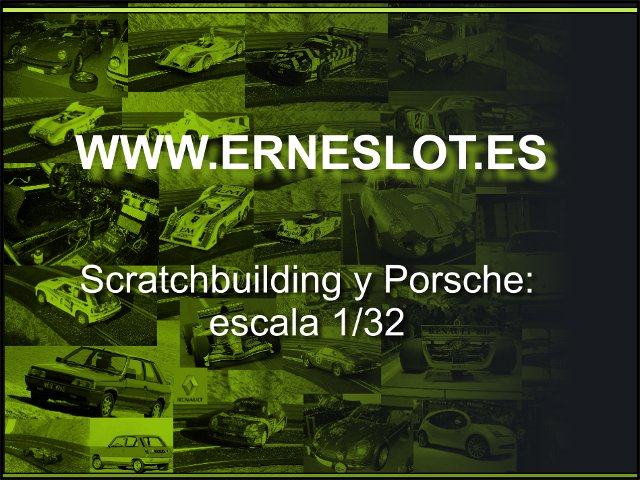
As I was not sure exactly how the appendix were, I made a little larger and then adjust once well glued with bicomponent glue.
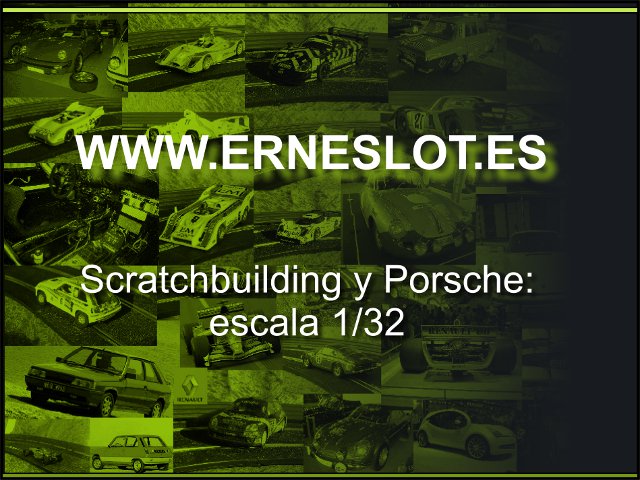
In the bottom I stuck bicomponent putty giving it shape once dried with a round file and sandpaper of different grains. Was a laborious job but the result was worth it.
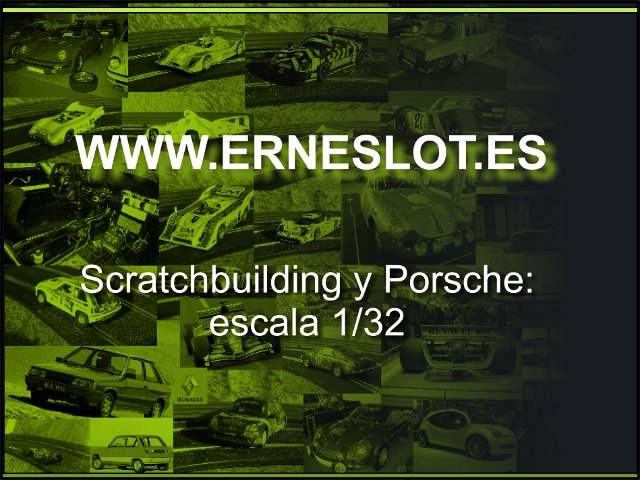
Once done all the modeling, one coat of primer would help us to detect faults, basically rubbing the body and lack of filler in some places.
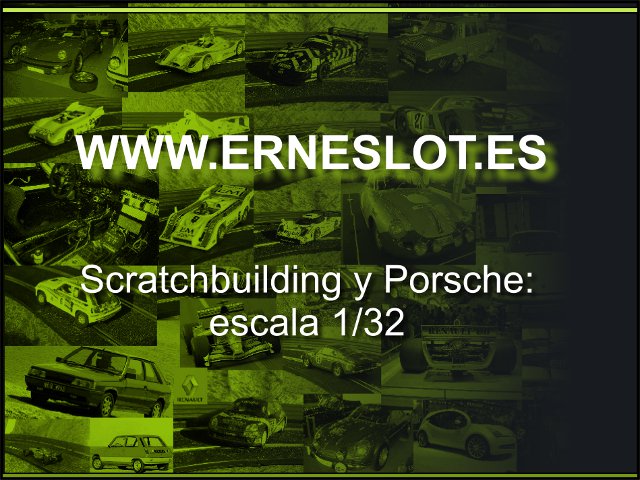

The first coat of primer got so many defects to the light that I had to go to extreme lengths with Nural 41 and Tamiya Putty, the paint virtually disappeared from the body after successive passes with sandpaper.
Continuing on the work, I removed the rear bumper also cutted carefully with a cutter, to work it independently of the body, as I did with the front bumper.
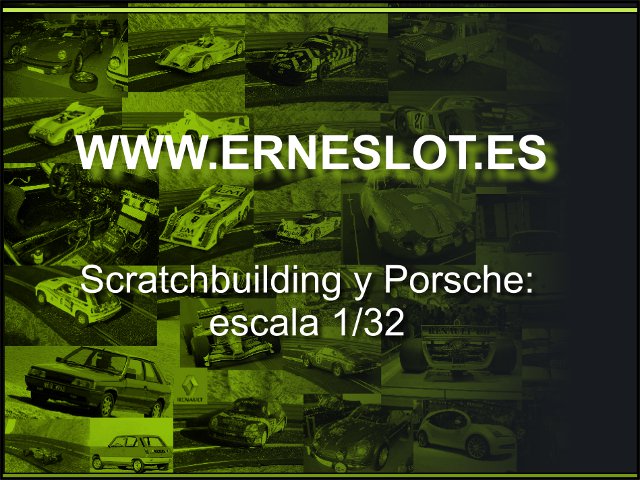

After the previous work the car looked much better, the second coat of primer drew far fewer bugs than the first, some small scratches and little more.
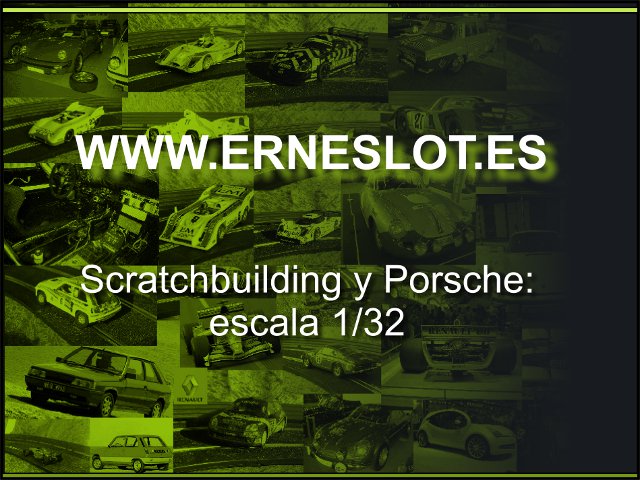
The next step was to finish to model the bumpers finish and then paint the car. Although the forms were not very complicated to reproduce, their small size contributed to the extra work it took their reproduction. The body was almost finished and bumpers lacked sanding to polish small details when I made the following photos.
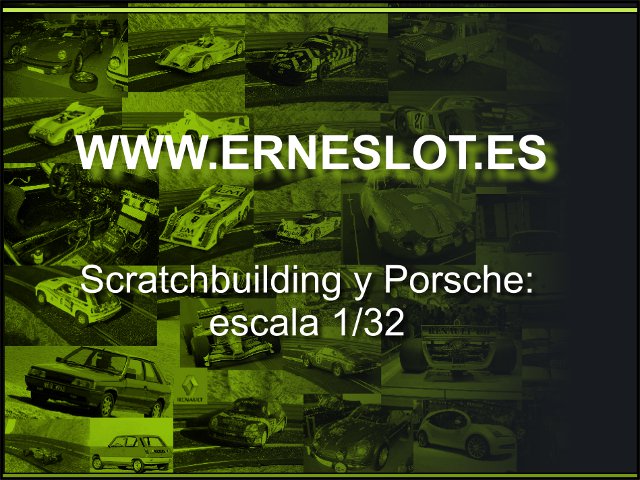
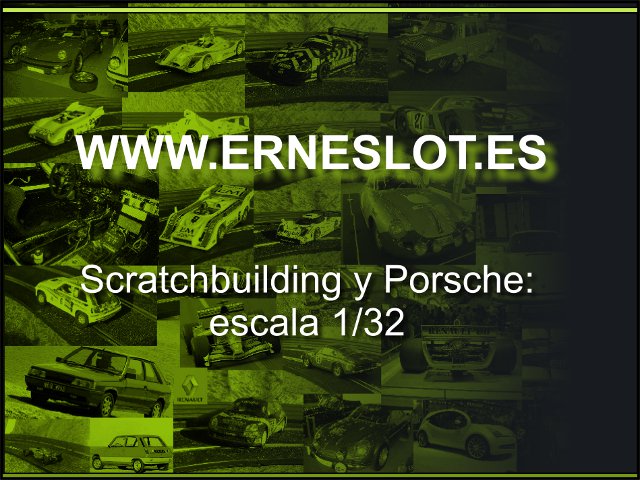
And is that the metallic paint sheds light failures that are not seen with other paintings, so we must be careful and do more with the waterproof sandpaper to leave a well-finished surface.
While the final coat of paint was drying, I made the decals with Corel Draw X4. That program I really like, probably because I know who to work with, and I think is a good investment, provided that it to some use, that is. Except for the side stripes, the rest of the decals didn´t lead to any complication. Were printed on two sheets, a transparent and a white surface depending on the background color of the decals. The coat with two passes of wax varnish "Bosque Verde" was airbrush applied and a further coat of Vallejo acrylic varnish. Thus the decals are very resilient.

The rims that the caroriginally mounted was magnesium 5-spoke, widely used by Porsche racing models of the time. They are reproduced at 1/32 scale by Fly Car Model but I´m don´t going to use them, at least directly. I will take some Slot.it 15 mm. rims that saved time ago and I´m going to do the resin inserts from a Fly Car Model tire.
From a rim of a Porsche 908 I make a mold with clay and filled with polyurethane resin:
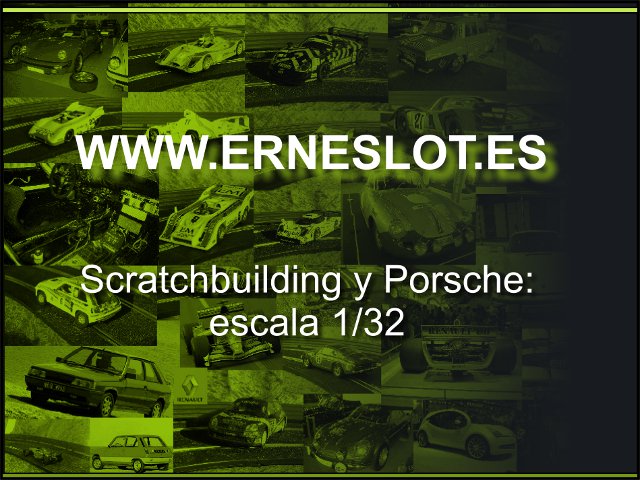
Sand and file the raw insert until get a hubcap that falls within the Slot.it rim:
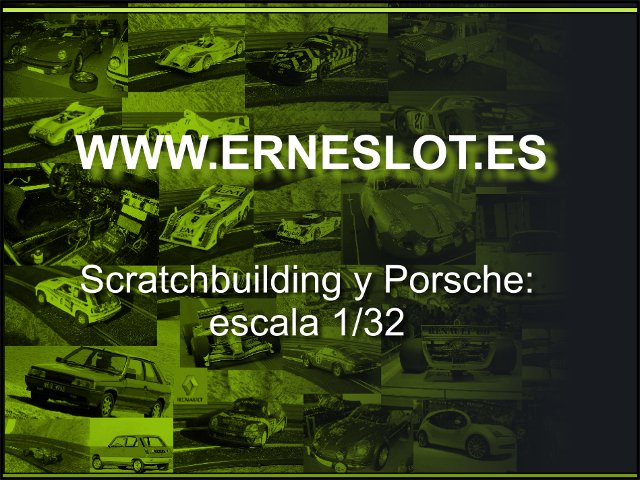
Once the insert placed inside the tire, the result is this.
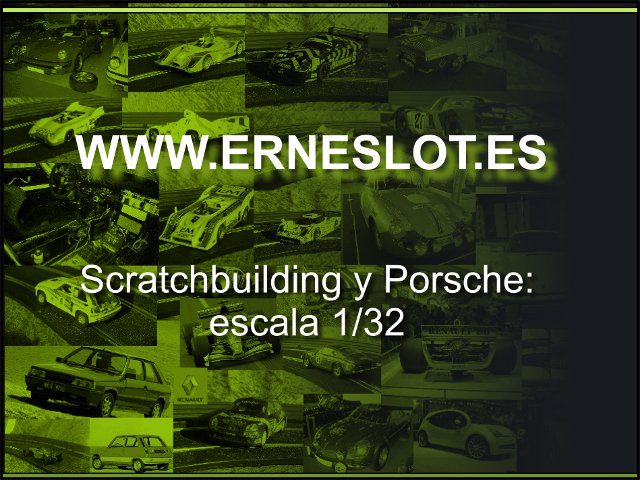
The rear wheels of the original model had a throat wider than the front ones, so when sanding the resin hubcaps must leave more lowered the rear tire than the front to achieve the desired effect.
Finally, a matte black enamel coat will leave it ready.
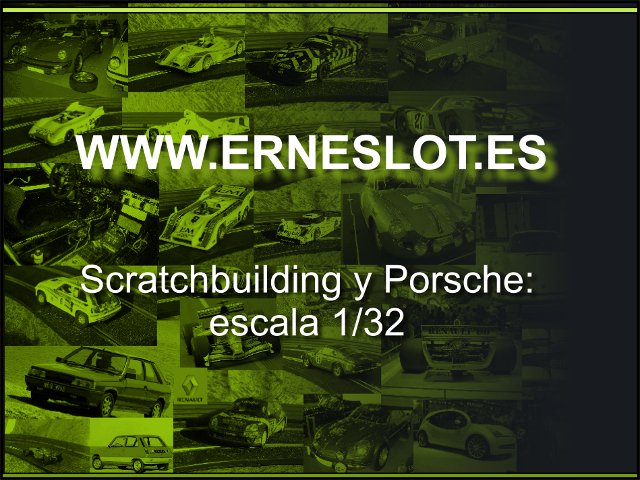
The decals were not difficult to place, only the sides had some complication to be so long, but wetting the surface thoroughly and carefully I placed them in place. At some points I helped me with Microset and Microsol.
For the letters of the bonnet to stay white (because the decal is made on transparent paper) I first stuck a piece of white decal paper underneath. Unfortunately I didn´t place it in the correct position (in the photo below you will appreciate it). In the case of the circles with numbers, first paste white decal film circles on the bonnet and rear spoiler and then the circles with the numbres over to avoid them to show-through. This is because the decal paper is very thin and and a bit see-through and I didn´t want this effect in the decals.
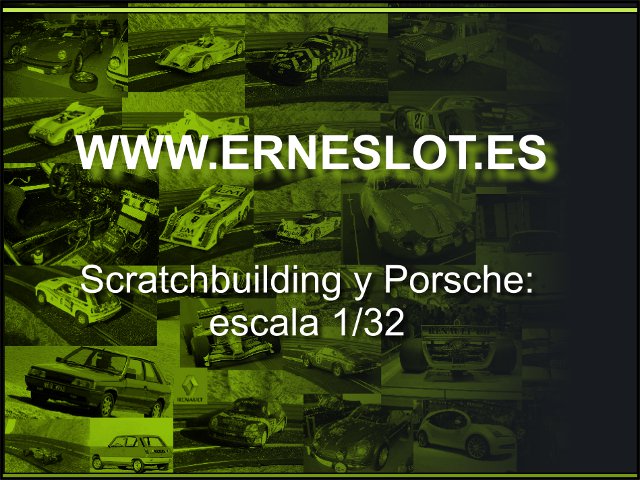
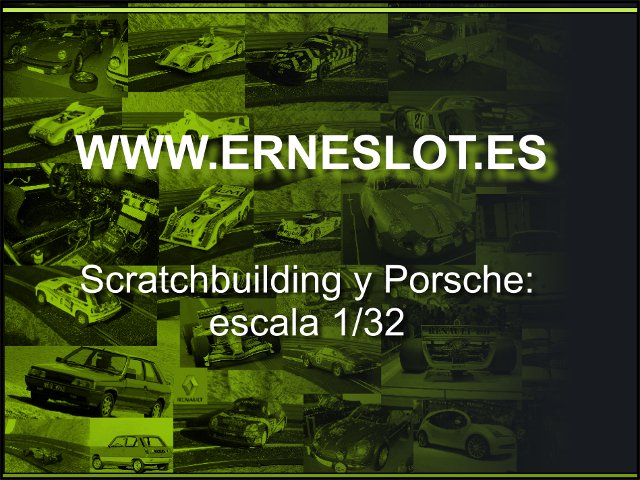
Although some of the decals is not well fit to scale and the problem discussed above the white background on the hood, I am satisfied with the result.
After leaving the decals dry well and two coats of Vallejo acrylic varnish the car was like this:
At some points the applied coat of varnish was too thick and some decals were affected, but hardly noticeable. The details of the body are from the Fly car less the mirror, which I copied from one in resin and painted with indelible silver Edding marker. If any of you are interested in the decals I have them on sale in the "Market" section.
And here comes the transformation of the car, another one that I thought would be a matter of a couple of months and have passed .... Better I don´t think about it.
| Chassis | Porsche 911 Fly car model |
| Wheelbase | 73 mm. |
| Dimensions (L x W x H) | 137 x 61 x 38 mm. |
| Weight | 79 gr. |
| Engine | Short box Mabuchi type |
| Front tires | Ninco 19 mm. x 8 m. narrowed |
| Rear tires | Cartrix 20 x 11 mm. |
Fortnightly updates, new cars and more in www.erneslot.es



